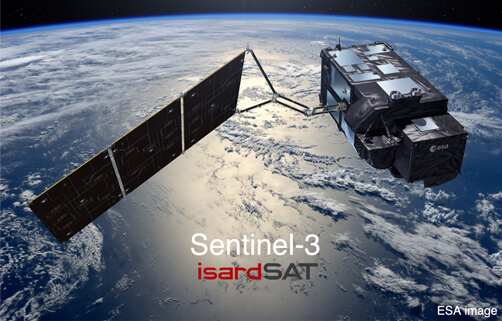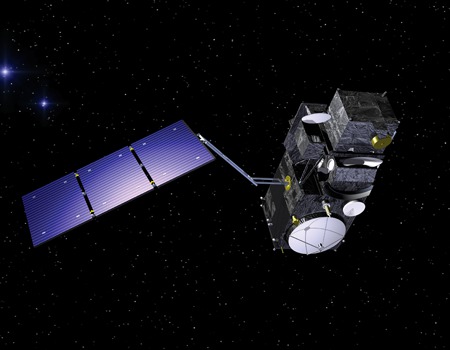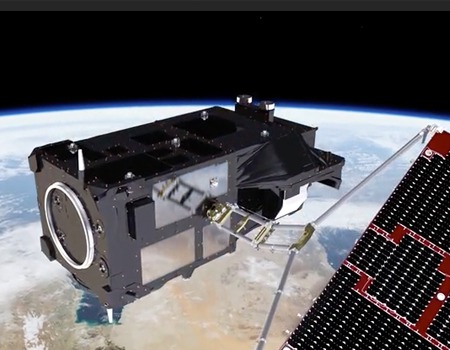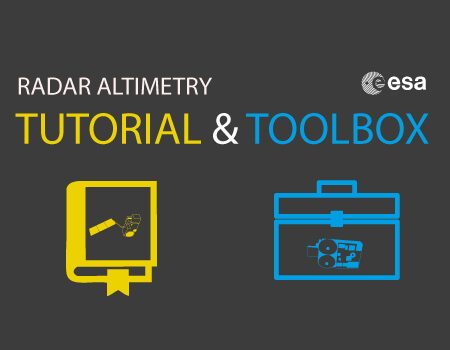Sentinel-3 is ready to be launched on the 16th of February from Russian Plesetsk cosmodrome.
The European Commission’s Copernicus is now well and truly powering ahead as its comprehensive integrated system of Sentinel satellites grows. Carrying a suite of cutting-edge instruments, Sentinel-3A will join the Sentinel-1A radar satellite and the Sentinel-2A high-resolution optical satellite in orbit to monitor the health of our planet.
Copernicus is a revolution in Earth observation, offering a range of operational and sustained environmental services to benefit European policymakers and citizens alike.
This latest multitalented mission will measure Earth’s oceans, land, ice and atmosphere to monitor and understand large-scale global dynamics. It will provide critical information in near-real time for ocean and weather forecasting.
Sentinel-3 is based on a constellation of two satellites: Sentinel-3A and -3B. With the first set for launch this February and its sister planned for launch in 2017, the mission will provide a ‘bigger picture’ for Copernicus with optimum global coverage and data delivery.
Over oceans, Sentinel-3 measures the height, the state, the temperature and colour of the sea surface as well as the thickness of sea ice. These measurements will be used, for example, to monitor changes in sea level, marine pollution and biological productivity.
Over land, this innovative mission will monitor wildfires, map the way land is used, provide indices of vegetation state and measure the height of rivers and lakes, complementing the high-resolution measurements of its Sentinel-2 sister mission.



